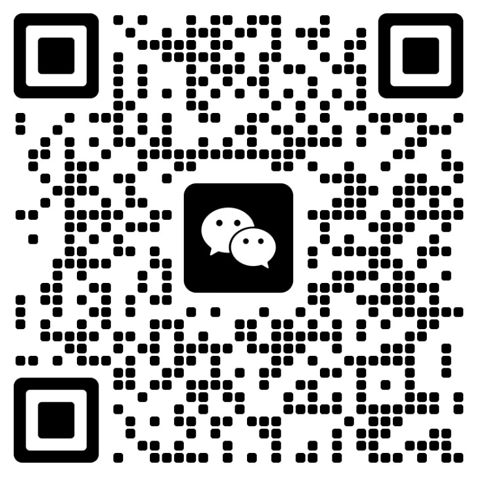Recent Blog
-
CCD Alignment Systems VS. 3D Alignment Systems
2025-04-08 -
What are the main differences between 2D and 3D wheel alignment systems
2025-03-26 -
Is Touchless Wheel Alignment Right for You? Factors to Consider
2025-03-19 -
The Future of Automotive Service: Exploring Touchless Wheel Alignment Technology
2025-03-13
Are there any maintenance requirements for four-wheel alignment machines
I. Introduction
Four-wheel alignment machines play a crucial role in the automotive industry, ensuring that vehicles are properly aligned for optimal performance, safety, and tire longevity. Regular maintenance of these machines is essential not only for accuracy but also for extending their lifespan and reducing operational costs. This essay explores the various maintenance requirements necessary to keep four-wheel alignment machines functioning at their best.
II. Preventative Maintenance
A. Regular Inspections
Routine inspections are vital for identifying potential issues before they escalate into significant problems. Technicians should regularly check for loose bolts, worn-out parts, and ensure that the machine is calibrated correctly. The frequency of these inspections depends on usage patterns and environmental conditions; machines used in high-volume shops may require more frequent checks than those used sporadically.
B. Cleaning Procedures
Keeping alignment machines clean is essential for their performance. Dust, grease, and grime can interfere with the precision of measurements and the overall operation of the equipment. Regular cleaning should involve wiping down surfaces with appropriate cleaning agents and ensuring that no debris obstructs moving parts. Technicians should be trained on the best cleaning methods to maintain the integrity of sensitive components.
III. Installation and Setup
A. Proper Installation
The installation of four-wheel alignment machines must be done meticulously to ensure accurate readings. A clean, flat surface is crucial for proper setup, as any unevenness can lead to incorrect alignments. Technicians should follow manufacturer guidelines closely during installation to avoid future complications.
B. Calibration
Calibration is a critical aspect of maintaining alignment machines. Regular calibration checks help ensure that the equipment provides accurate measurements, which is essential for effective vehicle alignment. Techniques such as using calibration tools and following specific procedures outlined by manufacturers can help maintain precision over time.
IV. Operational Best Practices
A. Staff Training
Proper training of personnel operating four-wheel alignment machines cannot be overstated. Technicians should be well-versed in machine operation, safety protocols, and troubleshooting common issues. Continuous education on new alignment techniques and technologies will further enhance their skills and ensure efficient operation.
B. Safety Precautions
Safety should always be a priority when operating heavy machinery like alignment machines. Technicians must wear appropriate safety gear, such as gloves and eye protection, to prevent injuries during operation or maintenance tasks. Establishing clear safety guidelines helps create a secure working environment.
V. Developing a Preventive Maintenance Program
A. Key Components
Creating a preventive maintenance program is essential for maximizing the efficiency of four-wheel alignment machines. This program should include a detailed schedule for inspections, servicing, and repairs tailored to the specific machine’s usage patterns. Utilizing a Computerized Maintenance Management System (CMMS) can help track maintenance activities effectively.
B. Performance Metrics
Setting key performance indicators (KPIs) is important for evaluating the effectiveness of maintenance efforts. Metrics such as equipment uptime, frequency of repairs, and maintenance costs can provide valuable insights into how well the maintenance program is functioning and where improvements may be needed.
VI. Adherence to Manufacturer Guidelines
A. Recommended Service Intervals
Following manufacturer-recommended maintenance schedules is crucial for ensuring that four-wheel alignment machines operate efficiently over time. These guidelines typically outline specific service intervals based on usage and environmental factors, helping technicians maintain optimal performance.
B. Documentation
Keeping thorough records of all maintenance activities is essential for accountability and analysis purposes. Documentation allows shops to track service history, identify recurring issues, and make informed decisions about future maintenance needs.
Conclusion
In conclusion, maintaining four-wheel alignment machines requires a proactive approach involving regular inspections, cleaning, proper installation, calibration, staff training, and adherence to manufacturer guidelines. By implementing a comprehensive preventive maintenance program, automotive shops can enhance the performance and longevity of their equipment while ensuring safety and accuracy in vehicle alignments. Ultimately, investing in proper maintenance not only benefits the machines themselves but also contributes to customer satisfaction through improved vehicle handling and tire longevity.
FAQs
1. What are the key maintenance requirements for four-wheel alignment machines?
Regular inspections, cleaning, proper installation, calibration, and adherence to manufacturer guidelines are essential for maintaining four-wheel alignment machines.
2. How often should I perform maintenance on my alignment machine?
Maintenance frequency can vary based on usage, but regular checks should be conducted at least once a month, with more thorough inspections scheduled quarterly or biannually.
3. What types of inspections should be conducted?
Inspections should include checking for loose bolts, worn parts, and ensuring that the machine is calibrated correctly. Additionally, the cleanliness of sensors and moving parts should be assessed.
4. Why is calibration important for alignment machines?
Calibration ensures that the machine provides accurate measurements for vehicle alignments. Regular calibration helps maintain precision, which is crucial for effective vehicle diagnostics.
5. What cleaning procedures are recommended?
Cleaning involves removing dust and grime from the machine’s surfaces and sensors using appropriate cleaning agents. It’s important to ensure that no debris obstructs moving parts.
6. How does proper installation affect the performance of alignment machines?
Proper installation on a clean, flat surface reduces vibrations and ensures accurate measurements. Any irregularities can lead to operational failures and inaccurate alignments.
7. What safety precautions should be taken when operating alignment machines?
Technicians should wear appropriate safety gear, such as gloves and protective eyewear, and follow established safety protocols to prevent injuries during operation and maintenance.
Describe Your Needs In Detail!
We will carefully evaluate your needs and give professional solutions.



